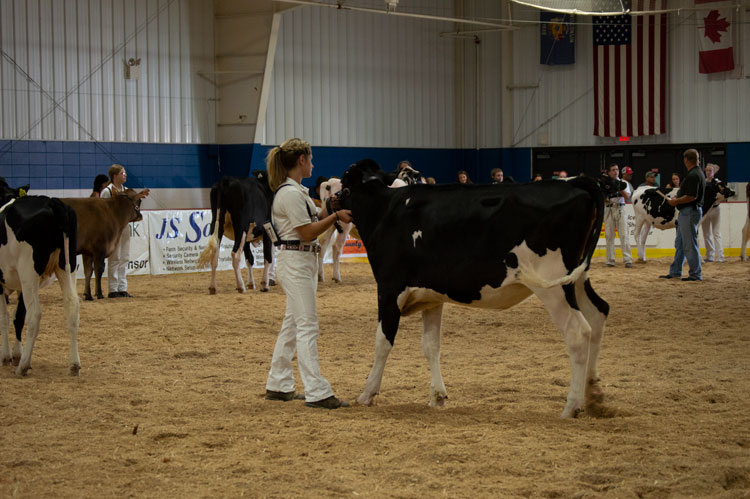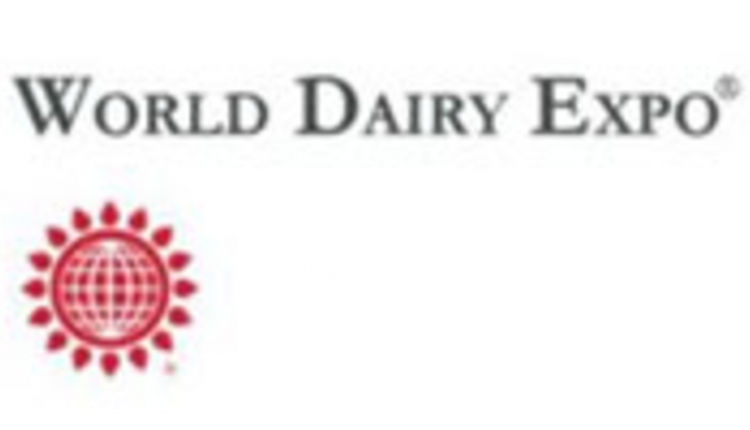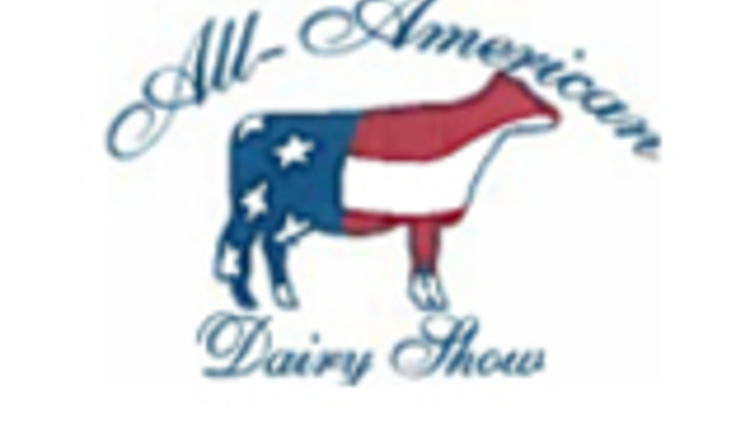
Like so much this spring, COVID-19 is now wreaking havoc on summer and fall fairs and shows. Many have been forced to cancel. Others, though, are still planning to move forward, at least in some limited aspect.
The U.S. Centers for Disease Control and Prevention (CDC) has now issued guidance on best practices to implement to keep all participants safe at events that are occurring. Most emphasized on the list are social distancing and biosecurity measures.
Distancing in the barns and showring
For livestock shows, the CDC offers the following considerations to limit extended and close contact between exhibitors and staff:
- Split classes to reduce animals in the ring
- Adapt spacing to maintain distance between participants when walking around the ring
- Stagger activities in washing and grooming areas so animals from different farms or households don’t interact unnecessarily
- Stagger animal move-in and move-out times to reduce contact between people and animals
- Consider a “show-and-go” model where animals are only stalled in their trailer and leave immediately after showing, as long as it does not affect animal welfare
Health measures on the grounds
Fairgrounds have many common areas, but limiting those gatherings will be key in putting on an event that reduces the risk of spreading COVID-19. “When designing exhibits and layout of the grounds, allow for social distancing and avoid high densities of people,” the guidance states.
For example, congregations should be avoided in animal preparation areas, showring and barn entrances and exits, food service areas, and restrooms. Signage to remind visitors of social distancing should be clear. When contact is made between individuals, such as exhibitors, staff, judges, and visitors, limit that time to 15 minutes or less and increase distance between them.
If visitors are allowed, consider staggering admission times to reduce crowds. Be sure to use buildings that have effective ventilation systems for both animals and people. If using fans, avoid blowing air over one person to another, and instead try to mount them high to blow toward the ground. Move entertainment scheduled for indoors to an open-air setting if possible.
No current risk from animals
The CDC notes that, “To date, there have been no reports of horses, cows, pigs, chickens, or ducks testing positive for SARS-COV-2.”
However, in making decisions and guidelines, fair and show organizers should consider the potential for COVID-19 to spread from person to person, person to animal, and possibly from animal to animal. Good biosecurity measures should be taken on the farm, in transit, and at the show grounds to limit unfamiliar contact between people and animals, clean and disinfect equipment, and prevent the admission of sick animals or exhibitors.
To show or not to show?
The CDC also has a resource available on considerations for mass gatherings. It includes recommended plans for food service, hand hygiene, face coverings, disinfecting, ventilation, signage, and when someone becomes sick.








